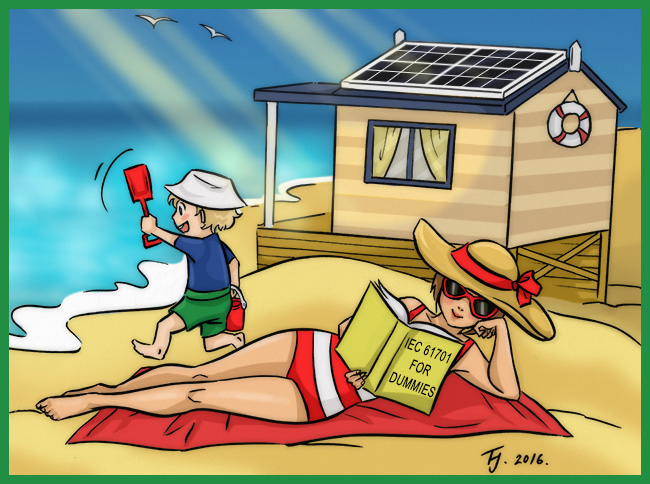
If you are putting solar on a house by the sea then I’m jealous! And I also need to tell you about the IEC-61701 standard.
Oh, I do like to be beside the seaside,
I do like to be beside the sea…
Ever wonder why you never hear a robot singing that song? I’ll tell you why.
Two words: corrosion!
Sorry, that was one word. Two words – bad corrosion! [Read more…]

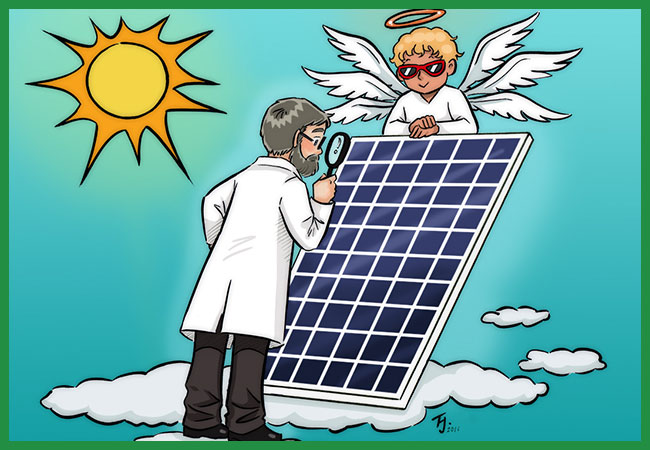
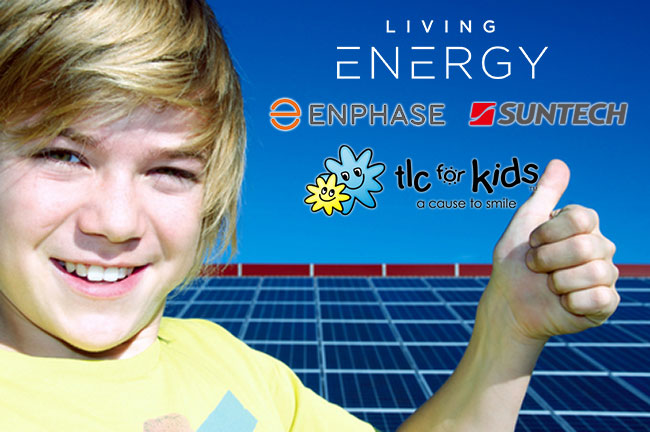

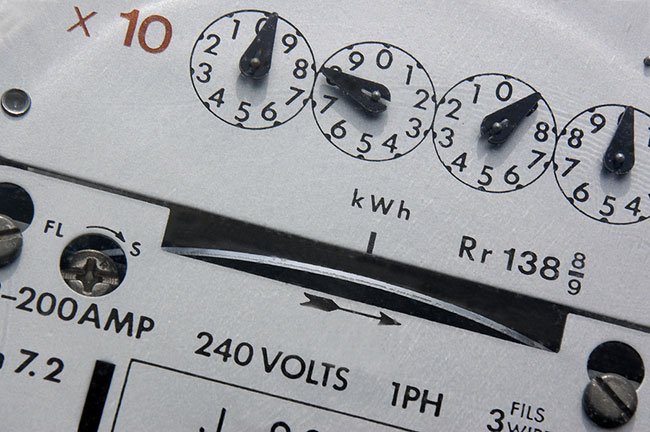


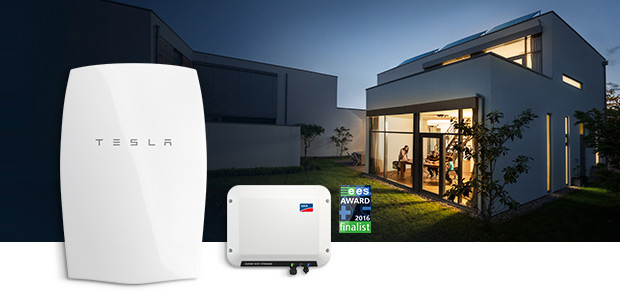
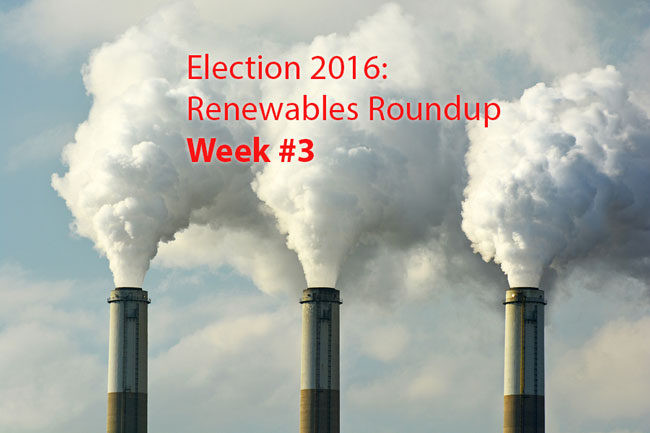
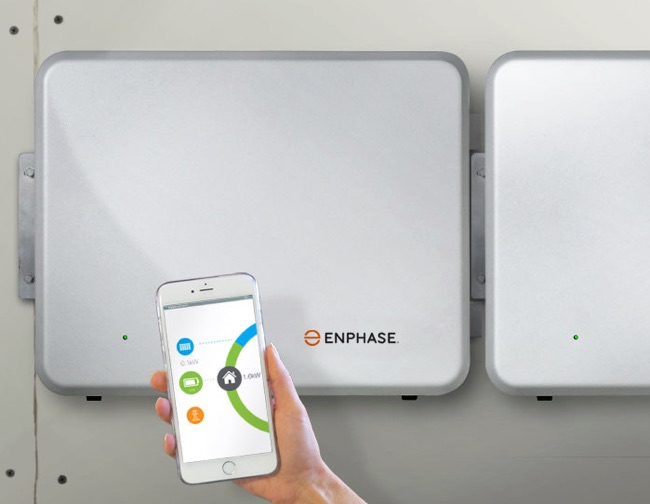
 RSS - Posts
RSS - Posts



Currently Raging Debates: